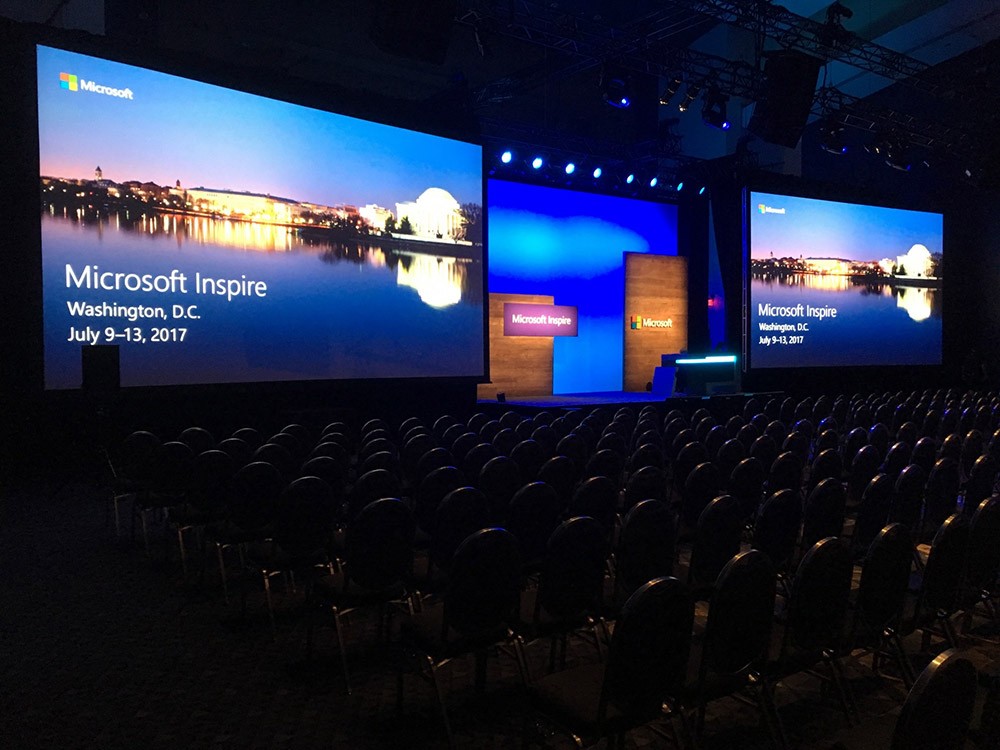Efficient Tactics for Overcoming Temperature Challenges in LED Display Panels
Wiki Article
Light Emitting Diode wall screens are increasingly popular for multiple applications, such as advertising, functions, and digital screens. However, overheating is a significant issue that can impact their performance and longevity. When LED screens overheat, they may decrease in brightness, color shift, or even malfunction completely. Grasping the causes and applying efficient strategies to control heat can help preserve the optimal operation of LED wall panels. This piece will discuss several strategies to address excess heat challenges related with these devices.
One powerful strategy for stopping excess heat in LED wall panels is ensuring proper ventilation. It is crucial to place these panels in environments where atmosphere circulation is sufficient. This can be achieved by placing the panels in a well-ventilated area or using blowers to improve airflow around the units. Additionally, if the screens are mounted in a tight area, creating gaps or implementing vents can help release heat more effectively. Maintaining a cooler surrounding heat level is vital, as it immediately impacts the performance and lifespan of LED wall screens.
Another way to combat overheating is through the use of thermal control substances. These substances can help take in, dissipate, or redirect heat away from the LED elements. Thermal sinks are frequently employed in many electronic devices, including LED screens. These metallic elements pull heat away from the light-emitting components, allowing them to function at a more secure heat level. Additionally, thermal compound or films can be applied to improve heat conduction between the LED elements and the thermal sinks, further enhancing their chilling efficiency.

Regular maintenance and monitoring of LED panel screens also play a vital role in stopping overheating. Dust and debris can build up on the surfaces of these panels, blocking ventilation and trapping heat. Consistent cleaning, using suitable tools, will ensure the screens free from blockages. Furthermore, monitoring the heat level of the screens can help identify excess heat issues before they turn into critical. Using temperature monitors can provide valuable information, allowing users to take remedial action if the screens start to exceed secure operating temperatures.
The use of advanced techniques can also help tackle overheating challenges in LED panel screens. Many modern LED screens come equipped with built-in thermal control systems. These systems can automatically modify the brightness of the display based on the temperature, lowering heat production when necessary. Additionally, program Discover More Here solutions can monitor the functionality of the panels and provide notifications if excess heat is identified. Incorporating these tools can significantly enhance the durability and reliability of LED panel panels.
In conclusion, controlling overheating in LED wall screens is essential for guaranteeing their performance and durability. Implementing methods such as providing proper airflow, utilizing heat control substances, performing routine care, and employing cutting-edge tools can help reduce excess heat challenges. By taking these proactive steps, users can benefit from the complete benefits of LED wall panels while minimizing the threat of temperature-related problems. This method not only enhances the performance of the panels but also adds to a much eco-friendly and effective use of technology in various uses.